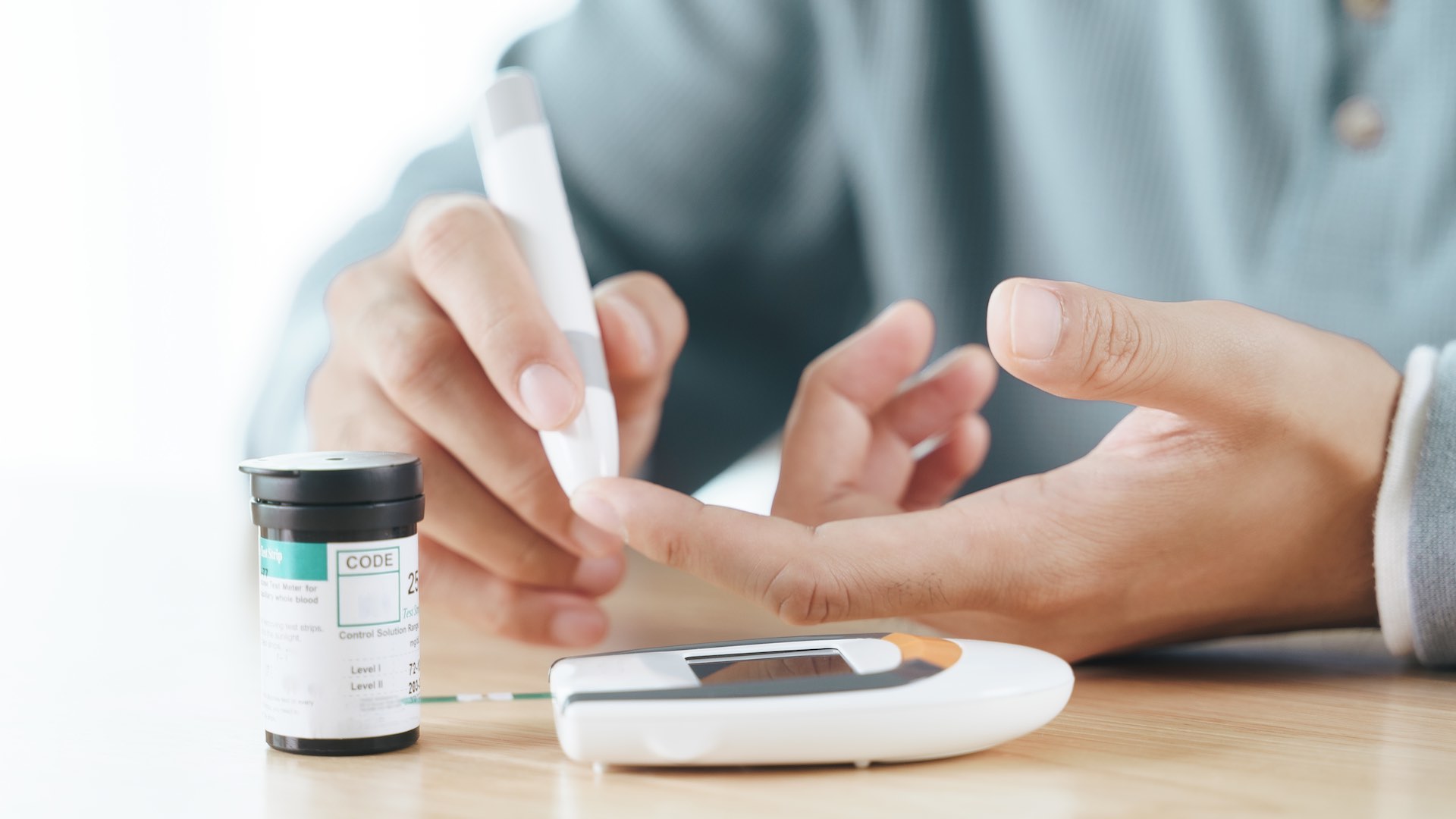Revolutionizing diabetes care with saliva tests replacing finger pricks
A revolutionary breakthrough in diabetes management is on the horizon, as scientists from Canada and the U.S. have developed a prototype home-use device capable of measuring blood glucose levels through saliva samples. This innovation, utilizing an electrochemical aptamer-based (E-AB) biosensor, could soon replace the daily finger-prick tests that millions of diabetics currently endure. The collaboration between the Université de Sherbrooke in Quebec and the Colgate-Palmolive Company in New Jersey heralds a significant shift towards a more comfortable and less invasive method of glucose monitoring, promising a substantial improvement in the quality of life for diabetic patients.

The underpinning science recognizes that glucose concentrations in saliva reflect those in the bloodstream. Traditionally, the lower glucose levels in saliva necessitated complex lab equipment for precise measurement. Researchers have now successfully harnessed the potential of the E-AB biosensor for home use. E-AB biosensors utilize a custom-engineered DNA segment, aptly named an aptamer, which latches onto specific biomarkers in a sample. This interaction triggers an electrochemical signal, providing the necessary data. The challenge, however, was enhancing the sensitivity of these aptamers, particularly for detecting saliva-based glucose.
Assistant Professor Philippe Dauphin-Ducharme and his team from U Sherbrooke addressed this by optimizing existing aptamers that were previously effective in blood glucose detection. This enhanced aptamer was integrated into a gold electrode within the E-AB biosensor. Tested with saliva samples from various individuals, the device not only delivered swift and accurate glucose readings within 30 seconds but also maintained its precision for up to a week, given proper maintenance in phosphate-buffered saline after each use.
Expanding beyond glucose detection, the researchers demonstrated the biosensor’s versatility by adapting it to measure saliva levels of AMP (adenosine monophosphate), a marker linked to gum disease. This signifies the potential for this technology to monitor various health indicators. The full details of this research are elaborated in a recent publication in the journal ACS Sensors.
